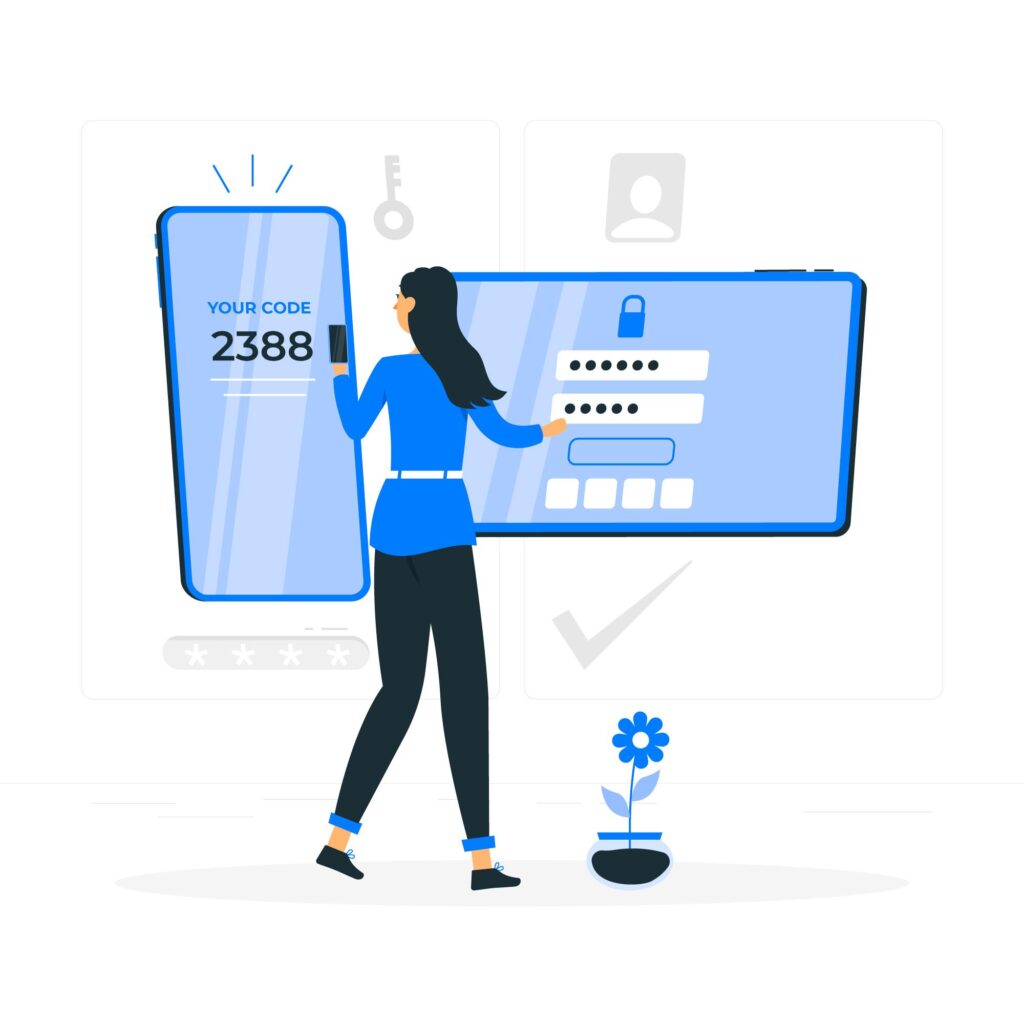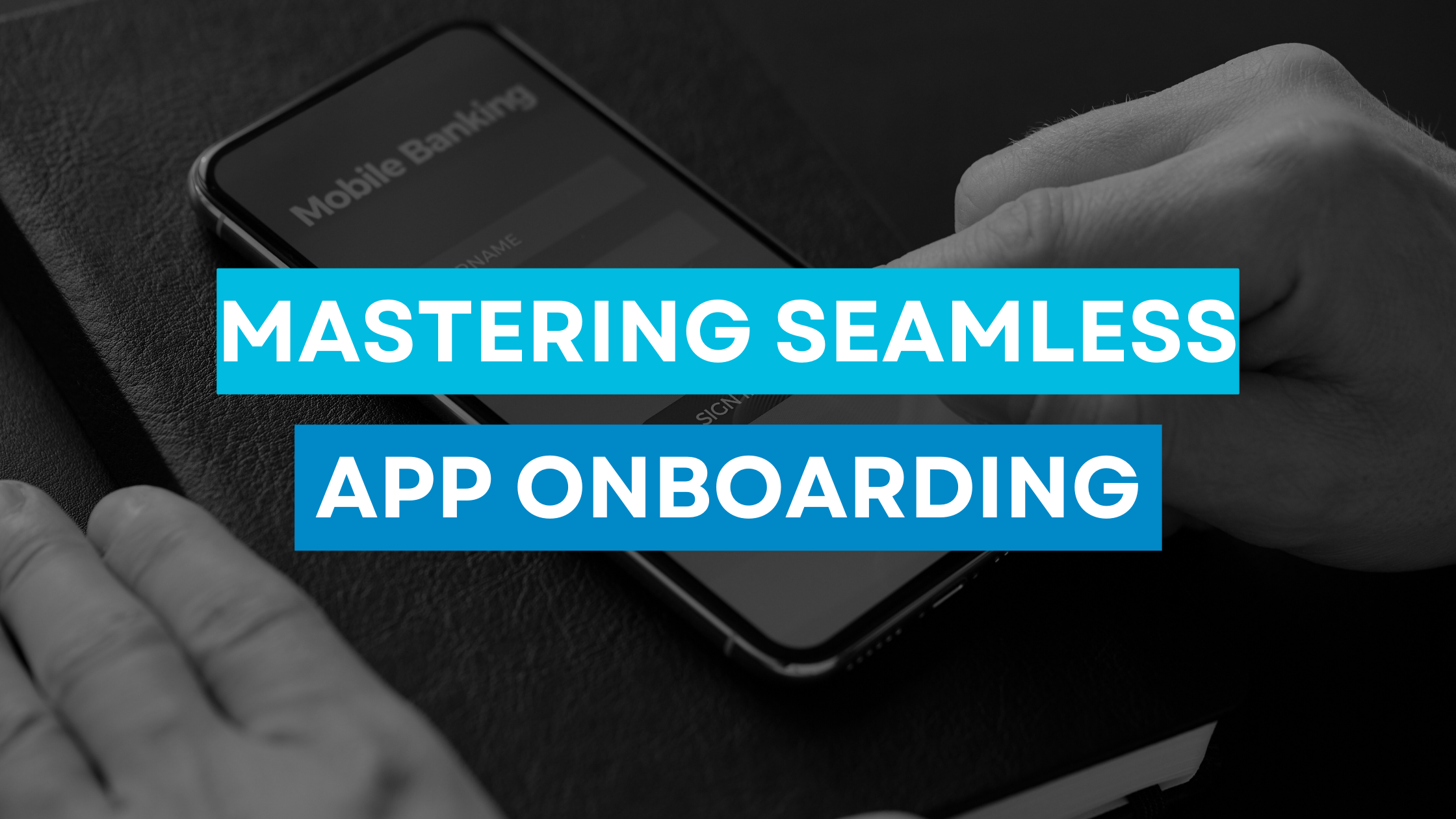TL;DR
Crafting a simplistic and user-friendly signup/login process is not only a technical endeavor but also an art that requires a deep understanding of user behavior and preferences. By following these best practices, app developers can create an experience that not only attracts and retains users but also fosters loyalty and trust. Remember, the key lies in striking the right balance between security, convenience, and personalization.
Introduction
In the digital era, a simple and convenient signup/login process is crucial. Follow these best practices to boost user satisfaction, retention, and success. Mastering seamless onboarding is a must for app developers, as it shapes initial user impressions. This article delves into essential practices for creating a user-friendly experience.
Understanding the User Journey
Before embarking on the creation of a simplified signup and login process, it’s crucial to grasp the user journey’s nuances. User satisfaction hinges on a frictionless experience at every touchpoint, from the initial app download to sustained interactions. This process is ever ongoing and unending as you build new features and implement customer feedback.
Streamlining the Signup Process

Making Use of Social Media Signups
Incorporating social media signups provides users with a hassle-free way to create an account. By leveraging platforms like Google, Facebook, or Apple, users can skip the manual data entry process and effortlessly log in with their existing credentials. This one click signup cuts through the tedium of signing up for a new service since the initial excitement doesn’t last long in this time of 3 second videos.
Minimizing Mandatory Fields
If you don’t have social media signups because the nature of your product, make sure your onboarding is as minimal as possible. Long signup forms can be intimidating and off-putting. Aim to collect only the most essential information during the initial sign up, and allow users to complete their profiles gradually. This not only expedites the process but also reduces the likelihood of abandonment.
Utilizing Progressive Profiling
Progressive profiling involves gradually collecting additional user information over time, as they engage with your app. This approach not only keeps the signup process simple but also helps you gather valuable insights about your users without overwhelming them. You can setup rewards for customers to encourage them to complete their profiles or simply make them engaging enough to ensure customer attention is maintained.
Implementing Secure yet Convenient Logins

Two-Factor Authentication (2FA)
Two-Factor Authentication adds an extra layer of security to user accounts. By requiring a secondary verification method, such as a text message or email code, you can significantly reduce the risk of unauthorized access.
Biometric Authentication
Leveraging biometric data, such as fingerprints or facial recognition, provides a secure and convenient login method for users. This eliminates the need to remember complex passwords and enhances the overall user experience. Fun Fact: I recently switched phones and I had to change passwords on so many accounts because I simply had not used them in so long. It was inconvenient to say the least.
Single Sign-On (SSO)
Implementing SSO allows users to access multiple related apps with a single set of credentials. This not only simplifies the login process but also enhances user convenience.
Optimizing Password Recovery
Offering Multiple Recovery Options
Users may forget their passwords or face difficulties logging in. By offering multiple recovery options, such as email, SMS, or security questions, you can ensure users can regain access to their accounts without unnecessary hurdles. This is specially relevant in Pakistan considering how spotting mobile service can be at times of trouble.
Setting Up Security Questions
Security questions provide an additional layer of account recovery. Encourage users to set up personalized questions that are easy for them to remember but hard for others to guess.
Sending Clear Recovery Instructions
In the event of a forgotten password, provide clear and concise instructions on how to reset it. User frustration can be minimized by offering step-by-step guidance.
Personalizing the Experience
Greeting Users by Name
A simple touch like addressing users by their names can establish a sense of connection and make the experience more personable.
Customizing Preferences
Allow users to customize their app preferences and settings according to their preferences. This empowers users and gives them a sense of ownership.
Monitoring and Analyzing User Behavior
Implementing User Analytics
Integrate analytics tools to track user behavior and interactions within your app. This data can provide valuable insights for further optimization.
Tracking Conversion Rates
Monitor the conversion rates of your signup and login processes to identify potential pain points and areas for improvement.
Gathering Feedback and Reviews
Encourage users to provide feedback and leave reviews. Their input can offer valuable insights into user satisfaction and areas for enhancement.
The Power of User Onboarding
Guided Tutorials and Tips
Offer guided tutorials or tips during the initial user onboarding process. This helps users quickly familiarize themselves with your app’s features.
Interactive Walkthroughs
Create interactive walkthroughs that guide users through key app functionalities. This can enhance user confidence and engagement.
Contextual Help and Tooltips
Provide context-sensitive help and tooltips to assist users as they navigate through your app. This can mitigate confusion and frustration.
Ensuring Privacy and Transparency
Clear Privacy Policies
Be transparent about your app’s data usage and privacy practices. Clearly communicate how user data is collected, stored, and used.
Permission Requests
Request user permissions in a clear and concise manner, explaining why each permission is necessary. This builds trust and encourages user consent.
Data Encryption and Protection
Implement robust data encryption and security measures to safeguard user information from unauthorized access.
Continuous Iteration and Improvement
A/B Testing for Optimization
Conduct A/B testing to compare different signup and login approaches. This iterative process helps you identify the most effective strategies.
Incorporating User Feedback
Actively listen to user feedback and implement suggested improvements. Users appreciate when their input is valued and acted upon.
Staying Updated with Trends
Stay informed about the latest trends and advancements in signup and login practices. Embracing new technologies can keep your app ahead of the curve.
Seamless Cross-Device Access
Syncing User Data Across Devices
Users expect their data to be seamlessly accessible across different devices. Implement synchronization to ensure a consistent experience.
Responsive Design and Adaptive Layouts
Your app’s design should adapt to various screen sizes and orientations, ensuring a visually appealing experience on all devices.
Utilizing Mobile-Friendly Features
Leverage mobile-specific features, such as push notifications and location services, to enhance user engagement and convenience.
In closing, these simplistic yet powerful signup and login best practices hold the key to unlocking a world of user satisfaction, engagement, and app success. By seamlessly integrating these strategies into your development process, you’re not just crafting an experience – you’re creating a lasting connection with your users.
But hey, the journey doesn’t end here! If you’re hungry for more insights, tips, and expert guidance on navigating the dynamic landscape of app development, I invite you to connect with me on LinkedIn. Let’s stay in touch and embark on this exciting digital journey together. Your app’s success story is waiting to be written, and I’m here to help you make every chapter a masterpiece. Follow me on LinkedIn for a steady stream of valuable content that will take your app development prowess to the next level.
FAQs (Frequently Asked Questions)
Why is the signup/login process crucial for app success?
A seamless signup/login process sets the tone for user engagement and satisfaction. It influences users’ initial impressions and impacts their decision to continue using the app.
What are some examples of progressive profiling?
Progressive profiling involves gradually collecting user information. An example is asking for basic details during signup and later prompting users to provide additional information as they interact with the app.
How does biometric authentication enhance security?
Biometric authentication uses unique physical attributes, making it difficult for unauthorized access. This adds an extra layer of security while offering user convenience.
Why is user analytics important?
User analytics provide insights into user behavior, helping developers understand how users interact with the app. This data informs optimization strategies.
How often should I update my app’s signup/login process?
Regular updates are beneficial, especially in response to user feedback or changing technology trends. However, ensure that changes are well-tested to avoid disrupting the user experience.
